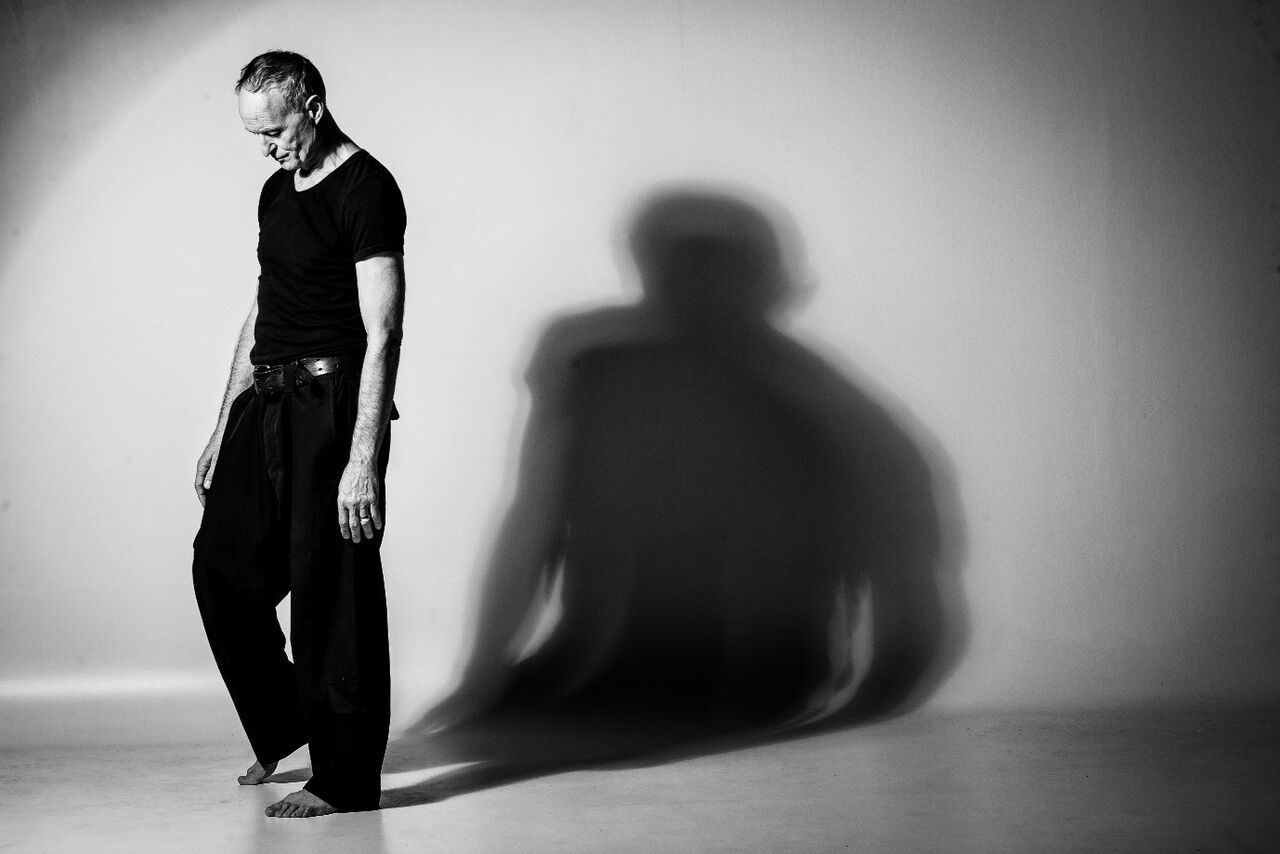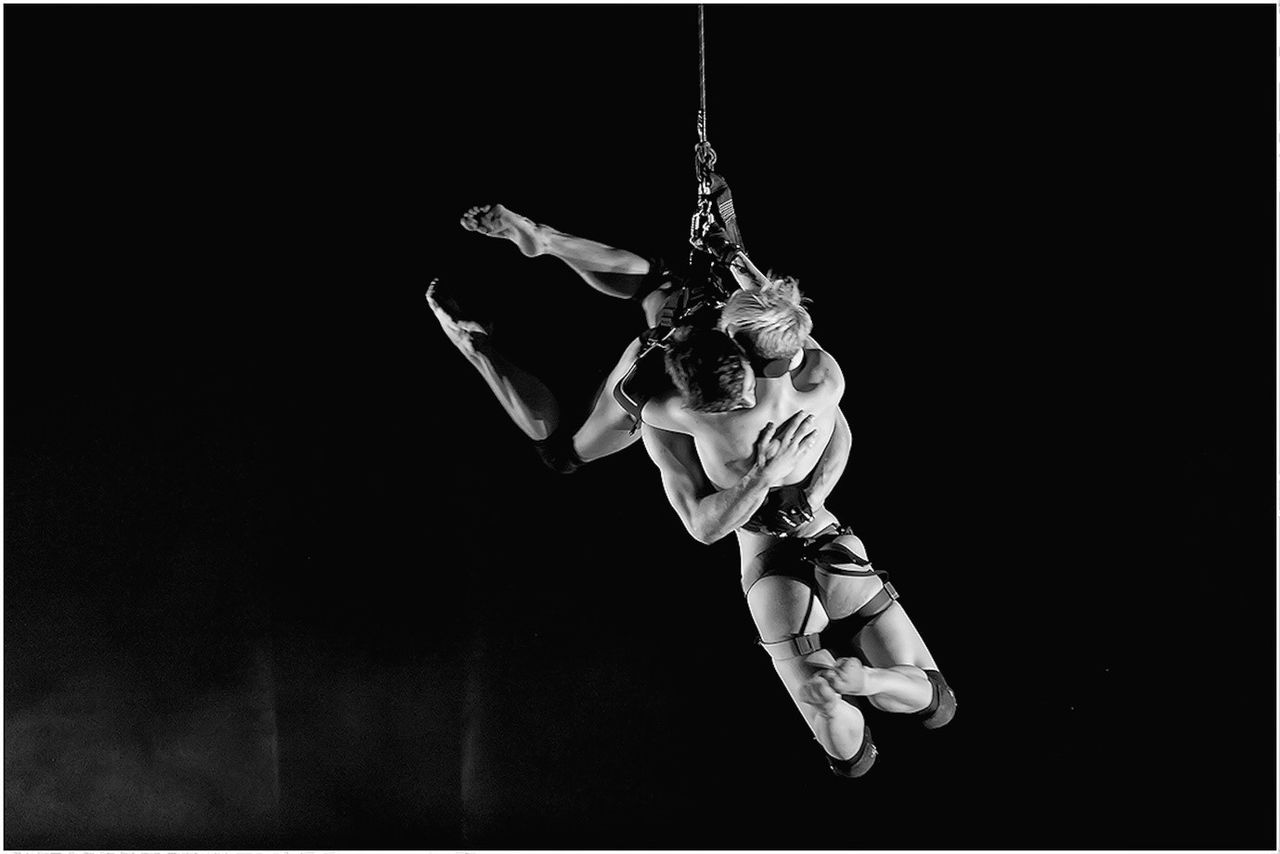A
struggle to the death
Rita
Szentgyörgyi @ Budapest Finest
2017. 09. 01.
Pál
Frenák’s new choreography
Pál
Frenák left Hungary 30 years ago because he could not realise
his unconventional ideas in contemporary dance. In 1999, he returned
with the Compagnie Pal Frenak, one of the most widely touring dance
theatre troupes internationally. The dance artist and choreographer,
who splits his time between Paris and Budapest, will appear with a
new production at the CAFE Budapest Contemporaty Arts Festival.
You
include sign language in the choreogrpahy, just as you do hanging
from ropes or butoh dance. What can you reveal about your upcoming
Japanese-influenced piece?
PF: For
ten years, I would spend months at a time in Japan, the first time as
the winner of the Villa Kujoyama prize. I travelled the country,
going to places where even birds refuse to go. Currently, I collect
bamboos and watch Kurosawa’s lesser-known films to re-immerse
myself in the Japanese way of life. The piece entitled HIR-O is in
part inspired by the film Hiroshima, My Love, and is related to
human-self-destructive way of life and the nuclear threat. I would
like to show the feelings and contrasts that I experiences during my
travels. A lonely person in a bamboo forest, and another who washes
themselves for a long time in the shower. The passing of life and
rebirth are symbolised by the group photo, in which five troupe
members dance with bamboo alongside with graduates from the Hungarian
Dance Academy. I would like for Katalin Lőrinc to join the
production, whose fantastic presence and maturity provides much to
the young dancers.
Recently,
you staged The Wooden Prince for the work’s centenary in the
Hungarian State Opera on a stage transformed into something akin to a
slide and with a large number of performers. What preconceptions or
traditions did you wish to deconstruct?
PF:
Ever since I began to choreograph, I have worked with the French
philosopher Gilles Deleuze’s free association way of thinking.
I approached Bartók’s music with my own system of
structures. For a long time, I’ve wanted to bring to the stage
a work with classical archetypes, but I lacked the courage to do so.
A dew years ago, I was approached by the Hungarian State Opera, and
it appears I’ve arrived to that stage now. The original sees
the actors from one perspective, while my interpretation shows their
various sides. An additional important thought also appears, the idea
that a person has a responsiblity for what they create. Projected
onto the present era, this corresponds to overconsumption,
self-destruction and spiritual environmental waste. The performance
raises many questions as to why we believ that we can create
something then quickly destroy it with impunity? I don’t have
an unequivocal way to end the story.
Frenák choreographies cannot be said to
fit into any category. They search for the permeability of identity
and gender roles through the language of erotica and homoeroticism.
Are you motivated to create a connection between the spiritual and
physical planes?
PF: Art and erotica
are the same thing. The foundations of both are the vital energy
system. I do not take the raw power of the body to the stage in full,
I always only show details.
Essentially,
do you prepare the same work for each piece? According to your
critics, up to Tricks and Tracks, you prepared strongly
autobioraphical works, after which you turned to more universal
themes. In Lutte, you presented the relationships between people and
structures in power.
PF:
It’s much more difficult to immerse yourself in one thing than
many things. It can be said of Picasso and Francis Bacon’s
paintings that they painted the same thing throughout their lives,
and they can be consistently recognised. Pina Bausch and Peter Brook
also acquired information through their own experiences. In my
earlier period, I worked through my childhood experiences of living
in a boarding school, but even then I was not speaking of myself, but
abstractly of the reality that I had lived.
You
are famous for „shaping” your dancers like Pygmalion,
considering their personalities at least as important as their
technical accomplishment.
PF: I am
constantly launching the careers of young people, a new generation
every two or three years. Evertything depends on how willing they are
to immerse themselves in the material. If they are not, sooner or
later they will drop out. I awake each morning to once again question
what I’m going to do. Many leave the troupe because they are
unwilling to accept outside criticism. Instead of the deeper path
they go in the direction of superficiality. This is a profession or
way of life where a person struggles to the death with themselves,
and with what they take to the stage.

